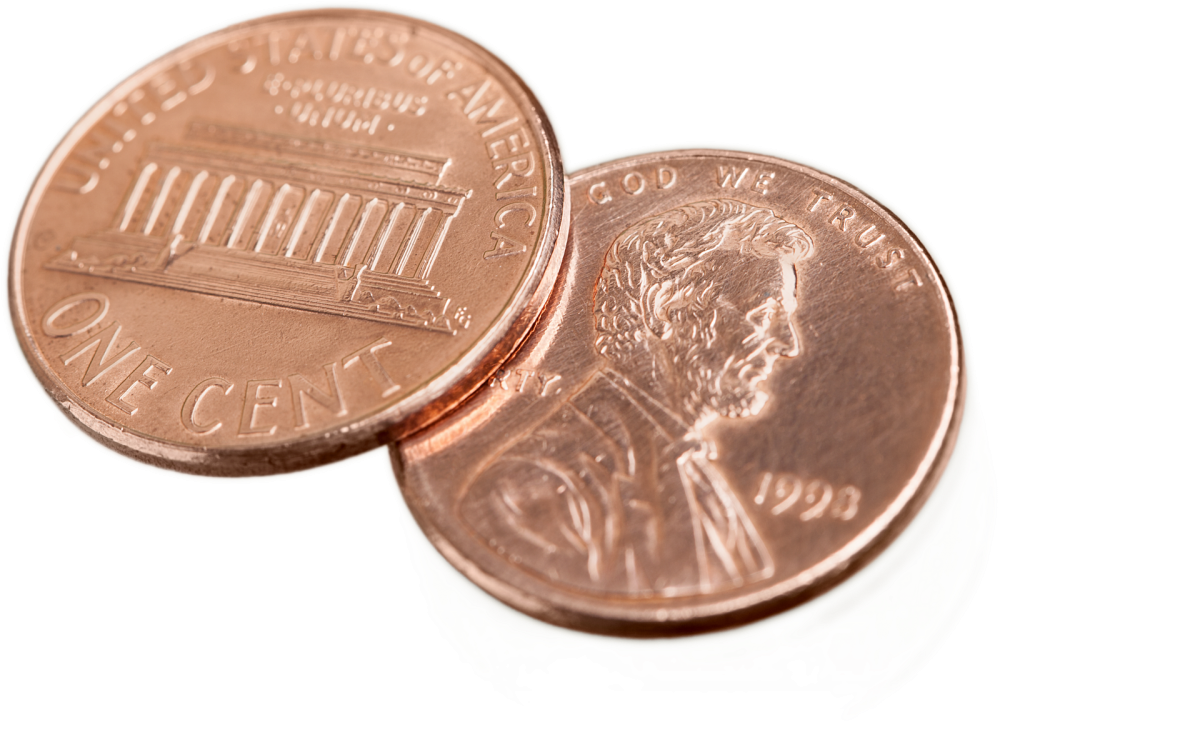The Two Sided Coin of American Church Giving
To properly understand the current and coming disaster facing today’s churches, you need to see the two-sided coin of American church giving. You have to think about giving from two perspectives, like the two sides of a coin. One side deals with percentages of the donor’s incomes. The other side looks at the amount in terms of actual dollar amounts given.
The best study on giving in America is done each year by empty tomb, inc with their yearly study, “The State of Church Giving,” series. The authors John and Sylvia Ronsvalle, put out a yearly edition. This year’s study runs from 1968 through 2017. If you truly want to know where giving is going you need to read this work.
They track giving to the major denominations in America. In terms of actual dollar amounts given, the Ronsvalle’s have shown that as the wealth of Americans increased from 1968 to 2017, so has the number of dollars given. The Great Recession slowed those numbers down, but recent years have seen Per Member Giving in Total Contributions, increasing.
Consider these facts about the total number of dollars given:
- Per member giving in current dollars was at its highest point in 2017 for the 1968-2017 period.
- From 1968 to 2017, Total Contributions to the church in current dollars increased $872.33 on a per-member basis, That amounted to an increase of 901% from the 1968 base.
As a result, American churches have more money to do more missions and ministry. That is the good news. What does the other side of the coin tell us? First, let me quote from the Ronsvalle’s about the importance of tracking percentage giving. Here is how they state it,
The most useful way to look at church member giving is in terms of giving as a percent of income. Rather than indicating how much money the congregation has to spend, as when one considers dollars donated, giving as a percent of income indicates where the congregation stands in terms of church members’ total available incomes. Has the church sustained the same level of support from its members in comparison to previous years, as measured by what portion of income is being donated by members from the changing total resources available to them?
Here is a summation they give, “One might say that giving as a percent of income is an indication of the church’s “market share” of church members lives.”
What does the giving as a percent of income side of the coin reveal? A much different picture. Consider these facts the report shares,
- Giving as a portion of income declined in 2017, near its lowest level in the 1968-2017 period.
- 3.02% in 1968 to 2.13% in 2017 is the decline in giving as a percent of income.
- $7.8 billion less! The Ronsvalle’s write, “If the same portion of income had been donated in 2017, as was donated in 1968 aggregate Total Contributions would have been $27.5 billion for these denominations, rather than the actual amount given of $19.7 billion, a difference of $7.8 billion, or an increase of 40%.”
It’s past time to stop kicking this can down the road for later!
Let me close with some of the opening words in “The State of the Church.” “…these projections do not dictate but only indicate what the future may be, if the present is not different from the past. Which brings the discussion back to choices being made in the present. The choices made in the present can maintain the current trends indicated by the data. Or choices can be made that bring intentional effort to bear on the factors that produced the trends, making a different future a possibility.”
What choice are you making today that will enhance the giving strength of your church?
Mark Brooks – The Stewardship Coach


Leave a Reply
You must be logged in to post a comment.